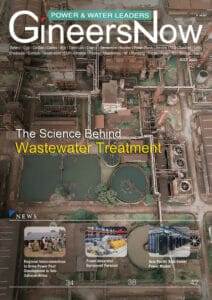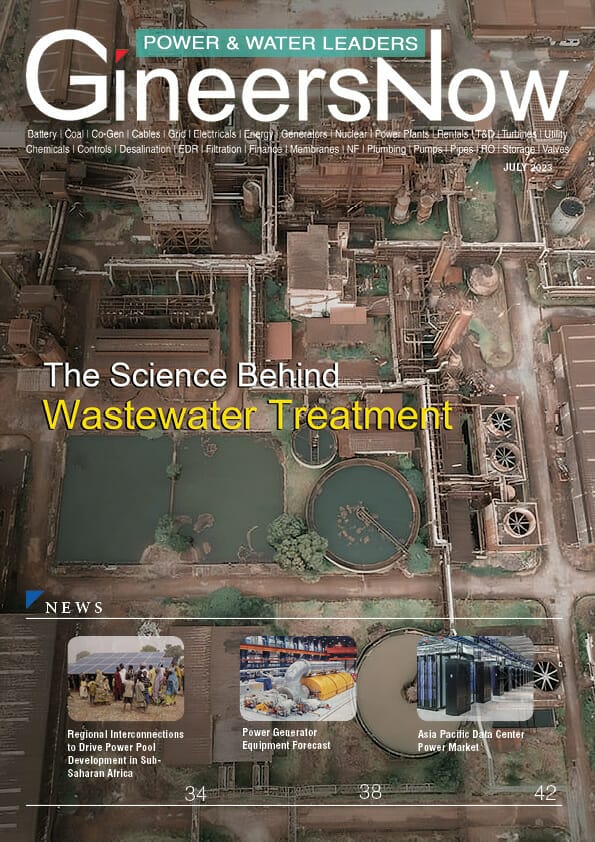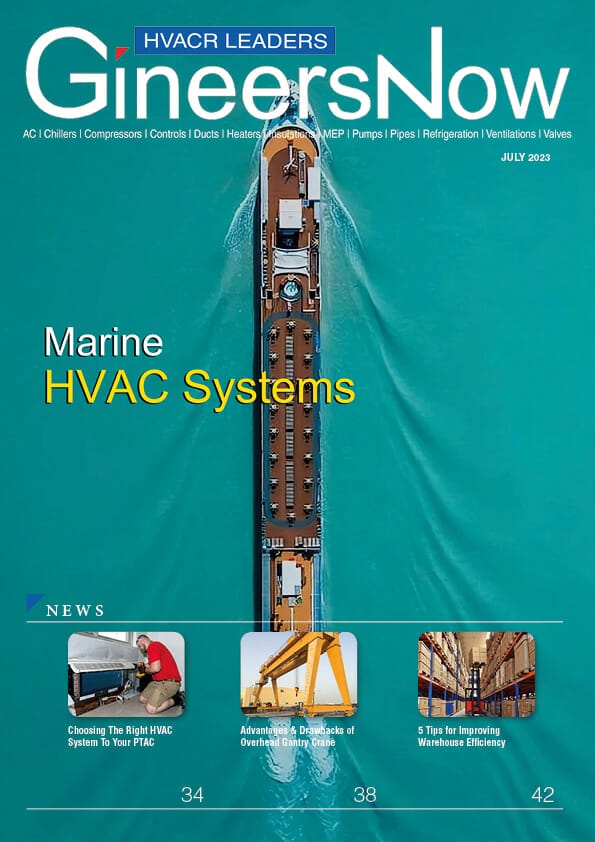Wastewater treatment in the Philippines is a crucial process that ensures our waterways and environment are protected from harmful pollutants. The treatment of wastewater involves removing contaminants from sewage or wastewater generated by households, commercial buildings, and industrial facilities before it is released back into the environment. This process has become increasingly important as population growth and industrialization continue to place a strain on our natural resources.
In this article, we will break down the science behind wastewater treatment in the Philippines. We will explore the different stages involved in treating wastewater, including physical, chemical, and biological processes. Additionally, we will examine some of the challenges facing wastewater treatment plants today and how new technologies are being developed to address these issues.
Overview of the Importance of Wastewater Treatment in the Philippines
Wastewater treatment in the Philippines is a crucial process that ensures the safety and health of our water sources. Wastewater is a term used to describe any water that has been contaminated by human activities such as washing, cooking, and flushing toilets. This water contains harmful pollutants, including chemicals, pathogens, and sediments.
Without wastewater treatment processes in place, untreated sewage could contaminate our rivers and oceans, spreading disease and environmental degradation. Moreover, it can have devastating consequences for aquatic life as well as wildlife living near these watersheds. Therefore, treating wastewater before releasing it back into the environment is essential.
Wastewater treatment facilities in the Philippines use various methods to remove pollutants from wastewater effectively. Physical processes such as screening or sedimentation are used first to remove large particles from waste streams. Biological processes like activated sludge treatment break down organic matter using bacteria that feed on waste products.

Sources of Wastewater: Understanding Where Wastewater Comes From
Wastewater is a term that refers to the water that has been used in households, industries, and businesses. When wastewater is not treated appropriately, it can cause significant harm to the environment and human health. Therefore, understanding where wastewater comes from is essential to devise effective wastewater treatment strategies.
There are several sources of wastewater. The first source is household wastewater, which includes water from sinks, toilets, showers, and washing machines. The second source of wastewater is industrial effluents. Industrial activities such as manufacturing processes generate contaminated water containing chemicals such as heavy metals or toxic substances that require specialized treatment before disposal into the environment. Finally, commercial establishments like restaurants produce large volumes of grease-laden water, known as restaurant grease waste.

The Treatment Process: Steps Involved in Treating Wastewater
Wastewater treatment in the Philippines is a process of converting contaminated water into clean, usable water. This process involves several steps, which include physical, chemical, and biological processes. The primary objective of wastewater treatment in the Philippines is to remove contaminants that can be harmful to human health and the environment.
The first step in wastewater treatment in the Philippines process is screening. Large debris, such as rocks, sticks, and other solid materials, are removed from the wastewater during this stage. The second step involves removing grit and sand from the wastewater using a grit chamber or an aerated grit chamber. This step helps prevent damage to equipment during subsequent stages of the treatment process.
After screening and grit removal comes primary sedimentation. In this stage, most of the suspended solids settle at the bottom of a tank due to gravity. Once this has been completed, secondary treatment begins, which involves biological processes that remove organic matter from the water through bacterial decomposition.

Key Components: Overview of Key Equipment and Processes Used
Wastewater treatment in the Philippines is the process of removing contaminants from wastewater and making it safe for disposal or reuse. Key equipment used in wastewater treatment includes screens, grit chambers, clarifiers, and sludge handling equipment. The first step in the process is screening which involves removing large solids such as branches, leaves, plastics, and rags using mechanical bar screens. The screenings are then transported to a landfill site.
Next comes the grit chamber that removes heavy materials such as sand and gravel before wastewater enters the primary clarifier. Primary clarification allows solids to settle out of the water stream while floating materials such as grease are skimmed off. Secondary treatment follows primary clarification, where microorganisms break down remaining organic matter through biological processes. Finally, sludge handling equipment is used to remove excess solids so that treated water can be discharged into natural bodies of water or reused for irrigation purposes.

Advanced Technologies: Emerging Technologies in Wastewater Treatment in the Philippines
Advanced technologies have paved the way for more efficient and effective wastewater treatment processes. With growing concern about environmental sustainability, finding innovative ways of treating wastewater becomes increasingly important. Emerging technologies in wastewater treatment in the Philippines are changing the landscape of this industry, making it possible to treat large volumes of water efficiently and at a lower cost.
One such advanced technology is membrane filtration, which involves using membranes to separate contaminants from water. It has become popular due to its simplicity and effectiveness in removing impurities from water. Another emerging technology is electrochemical oxidation, which uses electrochemical reactions to break down organic contaminants into harmless substances. This approach can be used in industrial settings with high concentrations of pollutants. Other advanced technologies include ultraviolet disinfection, ozonation, and reverse osmosis, all of which have been proven effective in removing different types of pollutants from wastewater streams.

Benefits & Challenges: Pros and Cons of Wastewater Treatment Initiatives
Wastewater treatment initiatives are essential for maintaining a healthy and sustainable environment. Treating wastewater is necessary to remove harmful substances and pollutants from sewage before it can be safely discharged into the environment. Wastewater treatment in the Philippines offers many benefits, but it also comes with its fair share of challenges that need to be addressed.
One significant benefit of wastewater treatment in the Philippines is that it prevents pollution in our water systems. Properly treated wastewater reduces the risk of waterborne diseases, helps preserve marine life, and provides a clean water source for human consumption. Additionally, wastewater can be treated and used for irrigation purposes in agriculture, which conserves valuable freshwater resources.
However, there are also some challenges associated with implementing wastewater treatment initiatives. For example, the cost of constructing and maintaining treatment plants can be high, particularly in developing countries where funding may not be available.
Read GineersNow Power and Water Magazine for FREE
Editor’s Note
Wastewater treatment in the Philippines is a crucial process that ensures the safe disposal of contaminated water from households, industries, and other sources. The process involves various physical, chemical, and biological methods to remove pollutants and make the water suitable for discharge into natural water bodies or reuse. Although wastewater treatment is a common practice in modern society, many people do not understand its science and mechanics.
This article aims to break down the science behind wastewater treatment in the Philippines. We will explore how different contaminants are removed from wastewater using various treatment methods such as sedimentation, filtration, disinfection, and bio-treatment. Additionally, we will discuss the importance of proper wastewater treatment for public health and environmental protection.
Wastewater treatment in the Philippines plays a vital role in protecting public health and the environment. By removing harmful pollutants and contaminants, it ensures that water resources are safe for consumption and use. Additionally, wastewater treatment in the Philippines has numerous economic benefits, including creating jobs, reducing healthcare costs, and promoting sustainable development. As the world’s population continues to grow and urbanization increases, investment in wastewater treatment infrastructure will be crucial to ensuring access to clean water and protecting our natural resources. It is important for individuals, communities, and governments to recognize the importance of wastewater treatment in the Philippines and take action to support its continued development. Let us work together to ensure a brighter future for generations to come.

Takeaway: Summary of the importance and benefits of wastewater treatment in the Philippines
In conclusion, wastewater treatment in the Philippines is an essential process that plays a crucial role in ensuring the safety and health of the environment and its inhabitants. With its numerous benefits, such as preventing pollution, conserving water resources, and generating renewable energy, it is evident that wastewater treatment should be prioritized and promoted globally. The challenges associated with wastewater treatment in the Philippines can be addressed through innovative technologies and effective policies that encourage sustainable practices. As individuals, it is our responsibility to adopt eco-friendly habits and support initiatives aimed at preserving our planet’s natural resources. Let us all actively promote wastewater treatment for a safer, cleaner, and healthier future.








